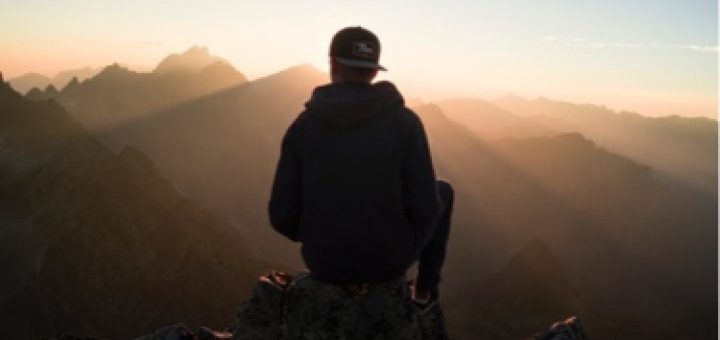Useful Tips for Novice Photographers

If you have only recently decided to take up photography, then let me give you some tips at the start. They will allow you to move faster from amateur ridiculous photography to high-quality intelligent creativity. Well, if the photo shoot is not planned yet and you want good emotions, then visit the best online casino.
Applying these tips in practice, you will get the right habits and attitudes that will be a good help if you decide to enter the path of a commercial photographer.
Don’t Worry If You Got a Primitive Technique
It’s good if you have the financial opportunity to purchase equipment for one and a half or two million, but do not despair if there was no such money at hand and you had the honor to start your photographic journey with an old and not the most top-end camera. Believe me, the basic settings of any camera are absolutely no different from each other and you can start your creative journey even with a relatively old camera. However, I do not advise buying camera models older than 2015. Most often, they will shoot no better than a modern smartphone, so you will quickly become disappointed in the photo department as such and give up this occupation. In short, look for a middle ground, it’s not worth selling an apartment for a camera and a pair of lenses, but it’s also not worth agreeing to the EOS 5D Mark II in 2023.
Carefully Study Every Setting in Your Equipment
Just as a builder should know all the subtleties of working with a laser level, plumb lines and be able to knead masonry mortar, so a photographer should know every setting of his own camera and masterfully own them. By the way, immediately after studying the technique, get ready to also scrupulously study the Photoshop program – in the future it will be your main tool for correcting and processing source photos. Then you will go on to study plugins and third-party automation programs, but that will be later, and first everything will rest on Photoshop.
Switch the Camera to the Raw Shooting Format and Never Change This Setting
Only the RAW format gives you unlimited possibilities in processing the source photos and there is no reason why you should shoot in JPEG and not in RAW. If you feel sorry for the space on the memory card or it is not too productive for high-speed serial shooting, then this means that you need to buy a better card, but not switch to JPEG format. Remember that JPEG is a format for ready–made images that do not involve processing. You, as a real amateur photographer, should be ready to process the sources (develop them), and not just click the shutter, so once again – use only the RAW format, and leave everything else to amateurs.
Look for a Drawing Light
This is the type of light that creates volume on the subject of photography without highlighting the outlines and without softening the shadows. This is what you should look for in the early stages of photography training. Wait to play with filling or modeling light, forget about the contour light. As a person who has just bought a camera, you only need to see the drawing light. If you shoot in the studio, then at first use only one light source. Let you get hard dips in the shade or glare from too powerful and directional light source, but you will never lose volume, and this is extremely important at the very beginning of your creative journey. I repeat, you will learn to avoid glare, soften shadows, and outline the contours of objects later. Now it is important for you to learn how to transfer volume, that is, to strive not to receive flat images.
Learn Composition
There are basic rules in photography, the observance of which, other things being equal, seriously improves the perception of the average viewer. Among such rules, the rule of thirds, the golden ratio, rhythm and symmetry are distinguished. Some of these rules complement each other, while others contradict each other, so it will not be possible to observe all the rules even theoretically. However, this does not mean that you should not follow at least some of them. Conclusion: read at least one book that reveals the rules of composition. I will not recommend anything specific, because everyone has to choose the author himself, whom he understands from half a word.
